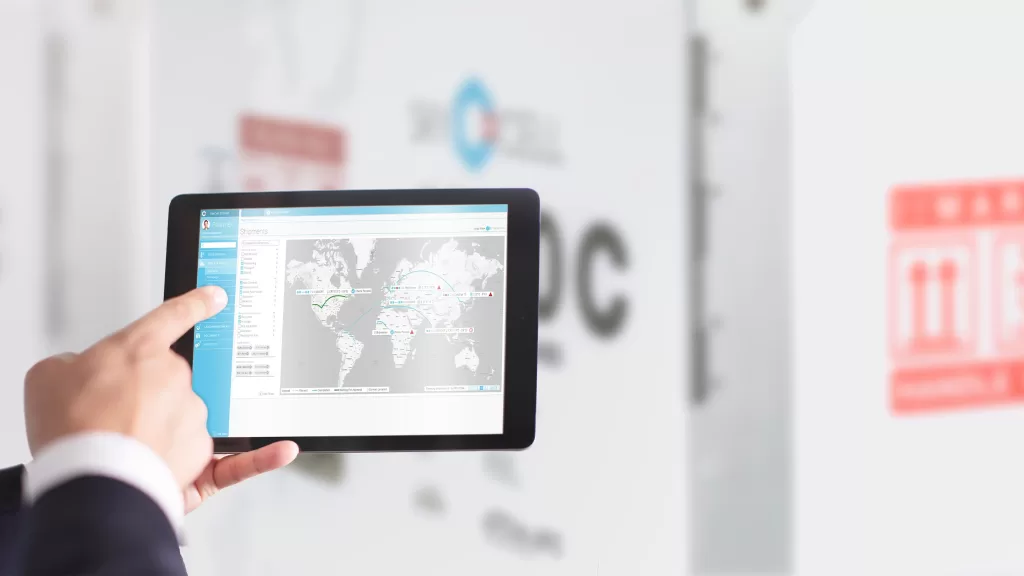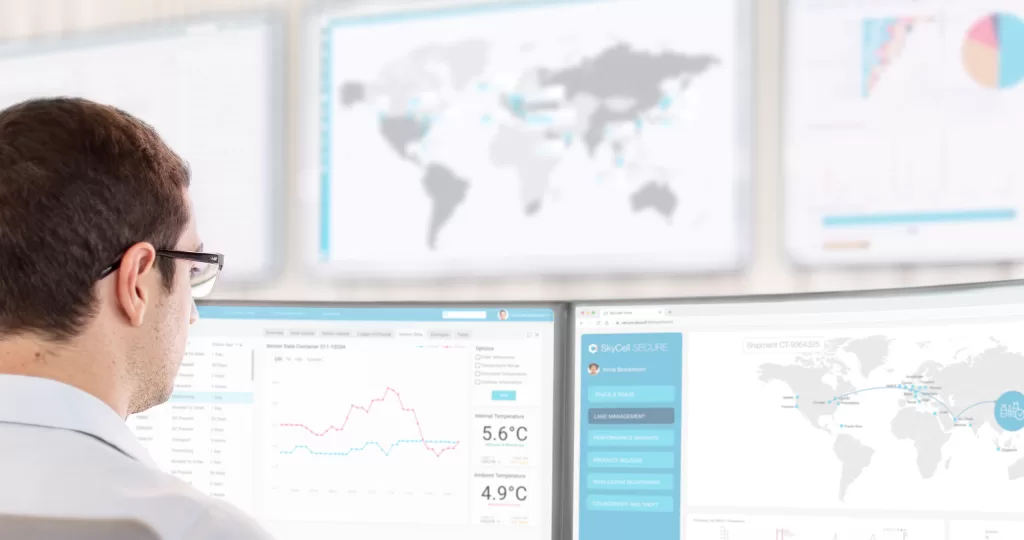The Role of Temperature Monitoring in Pharma Cold Chain Logistics
Pharma cold chain logistics is strictly linked to temperature monitoring. After all, this is the transportation of temperature-susceptible products. Therefore, it is crucial to control and overview temperature at all times – otherwise the products might become unusable. But, what exactly is the role of temperature monitoring in pharma cold chain, and what solutions can be used to ensure the products’ safety? Please read this article if you desire to learn the answers.
What is cold chain logistics?
In order to fully comprehend the importance of temperature monitoring, it is essential to understand what is cold chain logistics. This is the transportation pharmaceuticals and other materials that require maintaining low temperatures and adjusted humidity. These products might spoil and become dangerous for one’s health if the right conditions are not maintained.
The importance of temperature monitoring in pharma cold chain logistics
Since pharmaceuticals require specific, strict transport conditions, it is crucial to control the environment in which they are transported. Monitoring the temperature in pharma cold chain logistics serves several purposes:
- Eliminating damaged products – Being alerted that there was a temperaturedeviation , and thus the product became dangerous for one’s health, is a key to eliminating it from being released to the public. This way, it is possible to avoid hurting the customers and taking responsibility for the damages.
- Prevent product loss – If the conditions change,if alerted in a timely matter corrective actions and risk mitigating actions can be taken. . The only requirement is doing it quickly. This is why temperature monitoring in cold chain is a necessity – it allows a timely reaction and protecting at least a part of the products.

How to monitor temperature in pharma cold chain transport?
Temperature monitoring is one of the challenges in pharma supply chain. Yet, obstacles need to be overcome, and there are solutions established to tackle this particular problem. Below, we will present the most common ones.
Manual temperature monitoring
Some companies train their staff to control the temperatures during the transportation. This, however, poses a major problem. Manual monitoring is susceptible to human error – and this will inevitably happen at some point. Moreover, this solution could provide an overview of the temperature in each container at all times, however staff member must be nearby. Therefore, it often proves to be inefficient.
Automatic temperature monitoring
Some companies, realizing the importance of temperature monitoring in cold chain logistics, introduce automated solutions. Internet of Things sensor are a great example of that. These may be installed inside the containers and will provide live data on the conditions inside them.
There are also special vessels with temperature monitoring built into them. And example of that are SkyCell 1500x containers. They are secure, sustainable and allow live temperature control from any place. It is also possible to set up notifications for when the conditions fall behind standards – this means that the reaction will be as quick as possible.
Another solution is using a third-party software, like SECURE, that is fully interoperable with different container and packaging solutions and can be used across different modes of transportation.

Conclusions
The role of temperature monitoring in cold chain logistics is quite large. Without proper temperature control, the products might not arrive at the destination safely. Therefore, it is crucial to introduce monitoring solutions: like containers with built-in sensors or using a third-party software.